Kenneth S Robertson
age ~60
from Salt Lake City, UT
- Also known as:
-
- Kenneth Scott Robertson
- Kenn E Robertson
- Ken S Robertson
- Kenne Robertson
- Robertson Kenne
- Phone and address:
-
131 Garden Ave, Salt Lake City, UT 84115
(801)4672161
Kenneth Robertson Phones & Addresses
- 131 Garden Ave, Salt Lake City, UT 84115 • (801)4672161
- 107 B St, Salt Lake City, UT 84103 • (801)5214332
- 107 B St APT 107, Salt Lake City, UT 84103 • (801)5214332
- 350 200 W, Salt Lake City, UT 84101 • (801)5214332
- 107 N N St, Salt Lake City, UT 84103 • (801)5214332
- South Salt Lake, UT
- Everett, WA
- Taylorsville, UT
Us Patents
-
Method And Apparatus Customizing A Dual Actuation Setting Of A Computer Input Device Switch
view source -
US Patent:55599435, Sep 24, 1996
-
Filed:Jun 27, 1994
-
Appl. No.:8/266177
-
Inventors:Clark R. Cyr - Redmond WA
Jon B. Kimmich - Bellevue WA
Timothy T. Brewer - Bellevue WA
Jeffrey S. Hanson - Woodinville WA
Miles Richardson - Renton WA
Kenneth R. Robertson - Redmond WA
Cheryl Jenkins - Seattle WA
Brenda L. Diaz - Redmond WA
John G. Pierce - Vashon WA
Gregory Lee - Redmond WA -
Assignee:Microsoft Corporation - Redmond WA
-
International Classification:G06F 314
-
US Classification:395155
-
Abstract:A method and computer system present a user with a target icon on a computer screen and instruct the user to place a cursor thereon and twice actuate a mouse switch. The method measures the positions of the cursor on the screen during, and the time between, the two actuations by the user, and uses these measurements to customize, for the given user, the dual actuation speed and cursor movement area used to determine a double-click input command.
-
System And Method For Computer Cursor Control
view source -
US Patent:55963471, Jan 21, 1997
-
Filed:Mar 31, 1995
-
Appl. No.:8/414210
-
Inventors:Kenneth R. Robertson - Redmond WA
Paul E. Henderson - Bellevue WA
Samuel H. Smith - Stanford CA
Carl T. Hellings - Redmond WA
James A. Andrews - Issaquah WA
Eric W. Hanson - Bellevue WA
Timothy T. Brewer - Seattle WA
Teresa L. Kelsey - Seattle WA
Anthony R. Claflin - Bellevue WA
Daniel S. Hoeger - Woodinville WA
Lora K. McCambridge - Bellevue WA -
Assignee:Microsoft Corporation - Redmond WA
-
International Classification:G09G 508
-
US Classification:345145
-
Abstract:A system determining an intended cursor location on the computer display screen and automatically repositions the cursor at the intended location. If the user selects a command that alters the contents of the display, such as opening a new window, the system analyzes the new screen display to determine whether there are user selectable options associated with the new screen display. The system determines if one of the user selectable options is a default option and automatically positions the cursor at the default option. If the new screen display is an application program, the system attempts to locate a user selectable option and repositions the cursor at the user selectable option. When the new window is closed, the system returns the cursor to the position it was at before the new window was opened. The system also predicts an intended location for a screen display that has not been altered, and automatically positions the cursor at the intended location.
-
Method And System For Activating Focus
view source -
US Patent:57868182, Jul 28, 1998
-
Filed:Dec 19, 1996
-
Appl. No.:8/770226
-
Inventors:Timothy T. Brewer - Bellevue WA
Daniel S. Hoeger - Woodinville WA
Lora K. McCambridge - Bellevue WA
Teresa L. Kelsey - Seattle WA
Anthony R. Claflin - Bellevue WA
Kenneth R. Robertson - Redmond WA
Michael W. Van Flandern - Seattle WA -
Assignee:Microsoft Corporation - Redmond WA
-
International Classification:G06F 300
-
US Classification:345339
-
Abstract:A system and method for minimizing clicks in the operation of a graphical user interface such as the WINDOWS operating environment is disclosed. Provided for minimizing the need for clicking to operate a graphical user interface is a "Focus" feature, which essentially eliminates the need to click. In particular, the Focus feature eliminates the need to single click on predetermined windows and applications in order to establish a "focus". That is, as a user moves a pointer around the screen in Windows, the Focus feature essentially follows the pointer and the equivalent of a single click is sent to objects such as icons or system menus for the desktop environment, such as file manager and program manager in the explorer window of version 3. 1, or such as to system menus when the pointer passes over them.
-
Method And System For Activating Double Click Applications With A Single Click
view source -
US Patent:56110405, Mar 11, 1997
-
Filed:Apr 5, 1995
-
Appl. No.:8/417078
-
Inventors:Timothy T. Brewer - Bellevue WA
Daniel S. Hoeger - Woodinville WA
Lora K. McCambridge - Bellevue WA
Teresa L. Kelsey - Seattle WA
Anthony R. Claflin - Bellevue WA
Kenneth R. Robertson - Redmond WA
Michael W. Van Flandern - Seattle WA -
Assignee:Microsoft Corporation - Redmond WA
-
International Classification:G06F 300
-
US Classification:395326
-
Abstract:A system and method for minimizing clicks in the operation of a graphical user interface such as the WINDOWS operating environment is disclosed. The invention emulates a double click (referred to as the "ClickSaver" feature) which virtually eliminates the need to double click thereby making Windows easier for both the novice and experienced Windows user. A ClickSaver process determines the type of window on which a single click has occurred and, if ClickSaver is enabled and the window has been deemed eligible for a double click such as an icon or control menu, the ClickSaver process sends a double click signal in order to activate the application.
-
System And Method For Substituting An Animated Character When A Remote Control Physical Character Is Unavailable
view source -
US Patent:59779519, Nov 2, 1999
-
Filed:Feb 4, 1997
-
Appl. No.:8/795698
-
Inventors:Damon Vincent Danieli - Bellevue WA
Kenneth Ray Robertson - Redmond WA
Timothy Edward Wood - Seattle WA -
Assignee:Microsoft Corporation - Redmond WA
-
International Classification:G09B 506
G09F 1908
G09G 512 -
US Classification:345156
-
Abstract:An educational computer system includes a computer, a display device, a remote control character, and a wireless modem for communication between the computer and the remote control character. The remote control character can move and speak in response to signals from the computer, thereby allowing the remote control character to interact with the user and with characters displayed on the display device. When a program is run, the computer determines whether the remote control character is available. If it is not, the computer substitutes an animated character that is displayed on the display device. The computer periodically checks for the remote control characters while displaying the animated character. If the remote control character becomes available, the animated character is discontinued and the computer begins sending voice and movement information to the remote control character. Similarly, if the remote control character becomes unavailable while the program is running, the program will automatically revert to the animated character and the program will continue.
-
System And Method For Computer Cursor Control
view source -
US Patent:55981836, Jan 28, 1997
-
Filed:Dec 12, 1995
-
Appl. No.:8/570811
-
Inventors:Kenneth R. Robertson - Redmond WA
Paul E. Henderson - Bellevue WA
Samuel H. Smith - Stanford CA
Carl T. Hellings - Redmond WA
James A. Andrews - Issaquah WA
Eric W. Hanson - Bellevue WA
Timothy T. Brewer - Seattle WA
Teresa L. Kelsey - Seattle WA
Anthony R. Claflin - Bellevue WA
Daniel S. Hoeger - Woodinville WA
Lora K. McCambridge - Bellevue WA -
Assignee:Microsoft Corporation - Redmond WA
-
International Classification:G09G 302
-
US Classification:345145
-
Abstract:A system determining an intended cursor location on the computer display screen and automatically repositions the cursor at the intended location. If the user selects a command that alters the contents of the display, such as opening a new window, the system analyzes the new screen display to determine whether there are user selectable options associated with the new screen display. The system determines if one of the user selectable options is a default option and automatically positions the cursor at the default option. If the new screen display is an application program, the system attempts to locate a user selectable option and repositions the cursor at the user selectable option. When the new window is closed, the system returns the cursor to the position it was at before the new window was opened. The system also predicts an intended location for a screen display that has not been altered, and automatically positions the cursor at the intended location.
-
Distance Control For Displaying A Cursor
view source -
US Patent:56570503, Aug 12, 1997
-
Filed:Jan 30, 1996
-
Appl. No.:8/591979
-
Inventors:Lora K. McCambridge - Redmond WA
John P. Pennock - Bellevue WA
Kenneth Ray Robertson - Redmond WA -
Assignee:Microsoft Corporation - Redmond WA
-
International Classification:G09G 302
-
US Classification:345145
-
Abstract:A cursor is displayed with one of several different cursor orientations depending on the current position to which the cursor points on a display screen. The "cursor orientation" refers to the alignment of the cursor relative to an edge of the display screen. When the cursor points to a position that is within a predetermined distance from one of the edges of the display screen, the cursor is not visible on the display screen. Upon detecting that the cursor is not visible on the display screen, the cursor is displayed with a different cursor orientation such that the cursor is visible on the display screen. Preferably, the cursor orientation is selected so that when the cursor is displayed with the new cursor orientation, the entire cursor is visible on the display screen.
Name / Title
Company / Classification
Phones & Addresses
President
Robertson's Plumbing & Gas Fitting Ltd
Plumbers. Contractors - Gas Fitting
Plumbers. Contractors - Gas Fitting
8718 112 St, Fort Saskatchewan, AB T8L 2S8
(780)9983847, (780)9980369
(780)9983847, (780)9980369
President
Robertson's Plumbing & Gas Fitting Ltd
Plumbers · Contractors - Gas Fitting
Plumbers · Contractors - Gas Fitting
(780)9983847, (780)9980369
R.B.M. GROUP, LIMITED
Organizer
V2.2, LLC
Unknown Historic
ROBERTSON & EDGREN, LC
Organizer
C & G Services, LLC
Organizer
V2.3, LLC
Organizer
Vick Family Investments, LLC
Isbn (Books And Publications)

License Records
Kenneth D Robertson
License #:
2705019406 - Active
Category:
Contractor
Issued Date:
Feb 8, 1993
Expiration Date:
Feb 28, 2017
Type:
Class B
Kenneth Blake Robertson Md
License #:
IN-01039887A-A - Expired
Category:
Medicine
Issued Date:
Apr 7, 2003
Effective Date:
Apr 15, 2003
Expiration Date:
Apr 15, 2003
Type:
Physician Locum Tenens
Kenneth Robertson
License #:
51256 - Expired
Category:
Professional
Issued Date:
Jun 22, 2010
Resumes

Kenneth Robertson
view source
Kenneth Robertson
view source
Kenneth Robertson
view source
Kenneth Robertson
view source
Kenneth Robertson
view sourceLocation:
United States

Kenneth Robertson
view sourceLocation:
United States

Kenneth Robertson
view sourceLocation:
United States
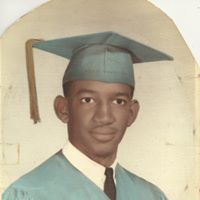
Kenneth Robertson Sr.
view source
Kenneth Krp Robertson
view source
Kenneth Ray Robertson
view source
Kenneth Lewis Robertson
view source
Kenneth Ray Robertson
view source
Kenneth Douglas Robertson
view source
Kenneth Charles Robertson...
view source
Kenneth Blacksonville Rob...
view sourcePlaxo

Kenneth Robertson
view sourceAustin, Texas
Classmates

Kenneth Robertson
view sourceSchools:
David Crockett Elementary School Mcallen TX 1953-1955, Lamar Junior High School Mcallen TX 1956-1957
Community:
Karyna Fernandez, Lance Sides

Kenneth Robertson
view sourceSchools:
Davis Aerospace High School Detroit MI 1995-1999
Community:
Dalida Joseph

Kenneth Robertson
view sourceSchools:
Blissfield High School Blissfield MI 1958-1962

Kenneth Robertson
view sourceSchools:
Walter F. George High School Atlanta GA 1974-1978
Community:
Deborah Arnesen, Reena Caldwell

Kenneth Robertson
view sourceSchools:
National Christian Academy Ft. Washington MD 1987-1989
Community:
William Holman

Kenneth Robertson
view sourceSchools:
John P. Faber Elementary School Dunellen NJ 1966-1969
Community:
Lynn Grimes, Kevin Navarre

Kenneth Robertson
view sourceSchools:
Chaffey High School Ontario CA 1965-1969
Community:
Lisa Werner

Kenneth Robertson
view sourceSchools:
Wendover High School Wendover UT 1968-1972
Community:
Kerrie Crawford, Karen Steele
Flickr
Googleplus

Kenneth Robertson
Work:
KENROBCO - ACTIVE SUPERVISOR (1992)
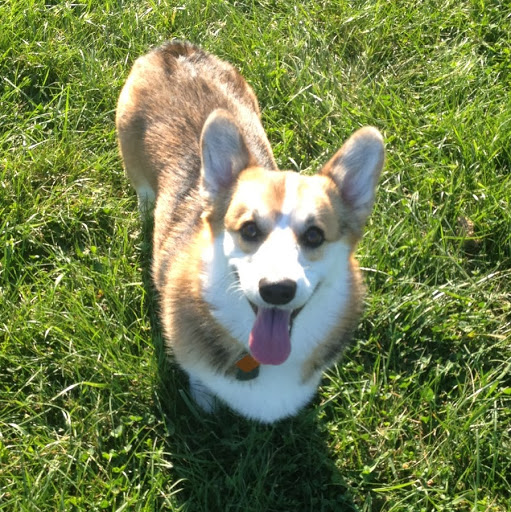
Kenneth Robertson
Bragging Rights:
Married the greatest woman on earth and deployed one time each to Iraq and Afghanistan as a combat medic in the US Army.
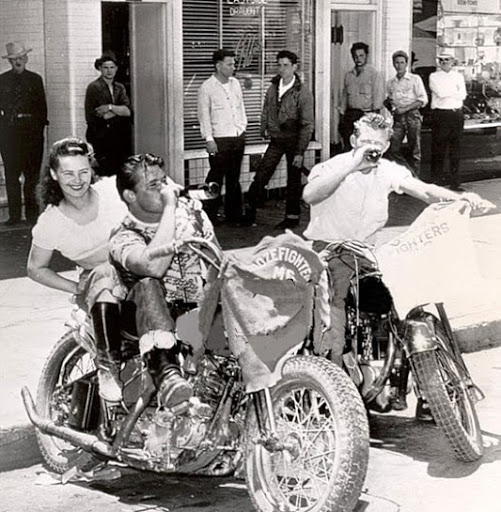
Kenneth Robertson
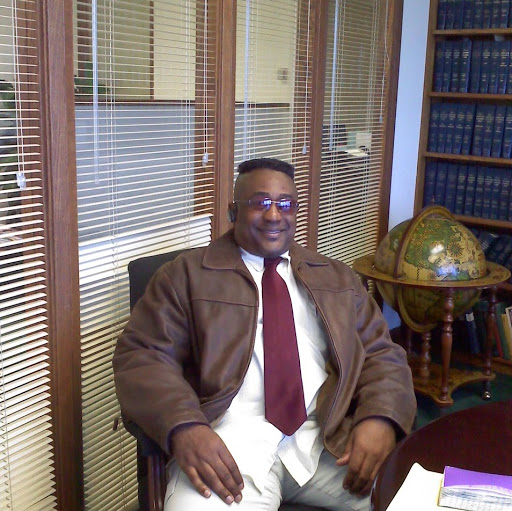
Kenneth Robertson
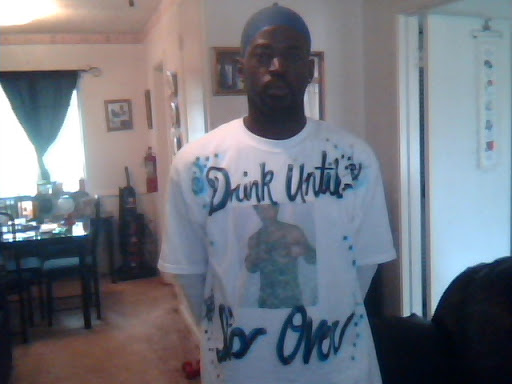
Kenneth Robertson

Kenneth Robertson

Kenneth Robertson

Kenneth Robertson
Youtube
Myspace
Get Report for Kenneth S Robertson from Salt Lake City, UT, age ~60















